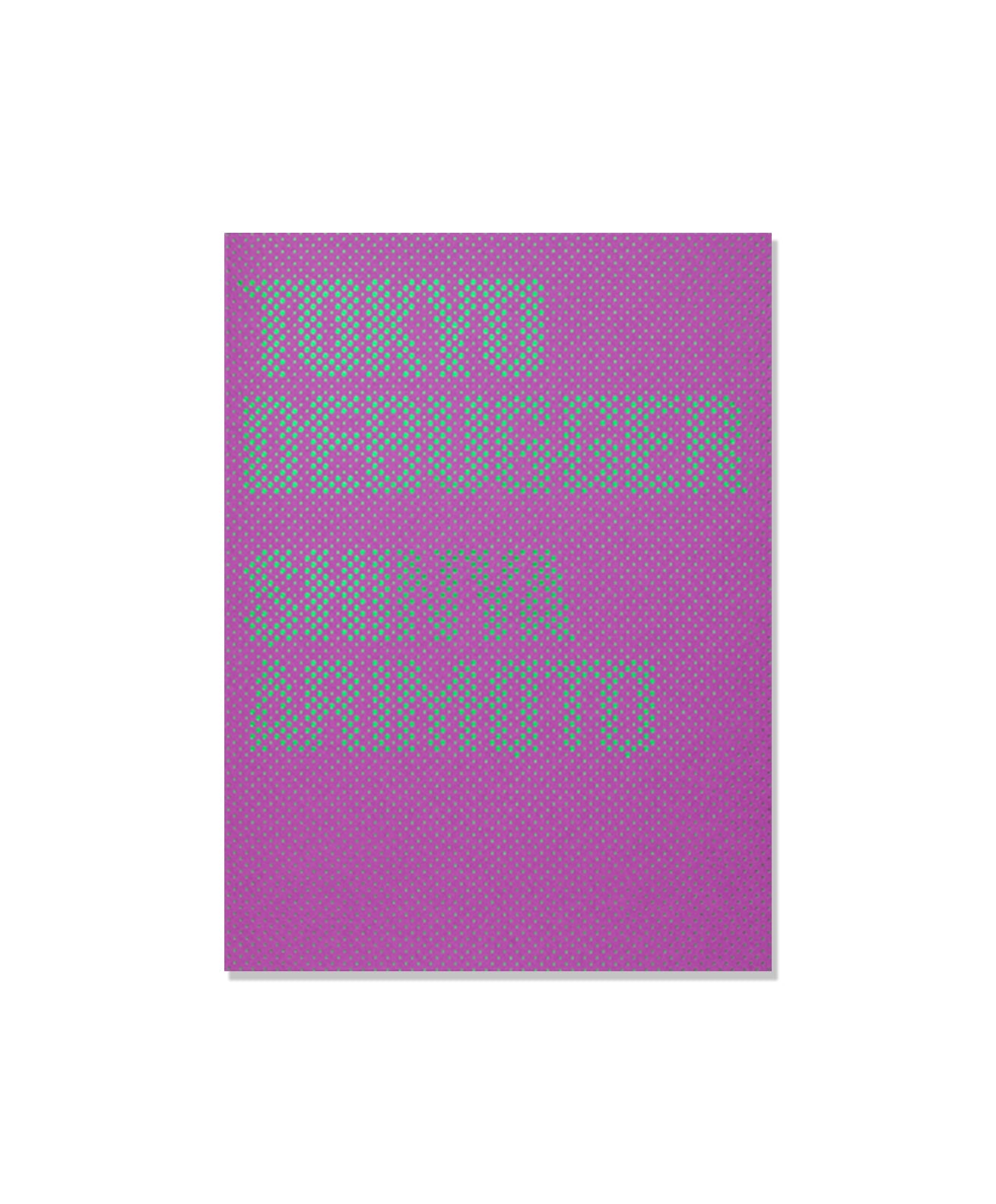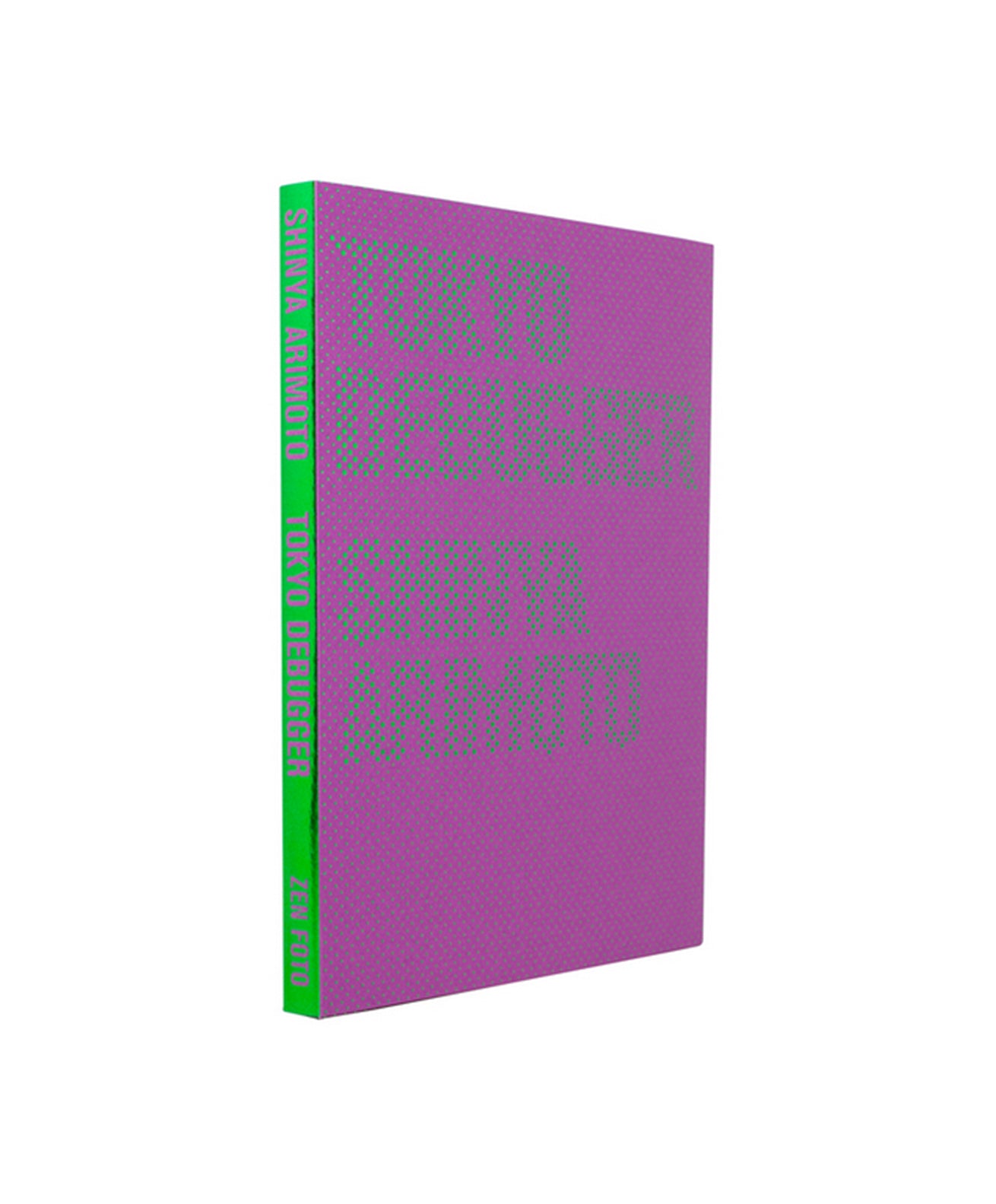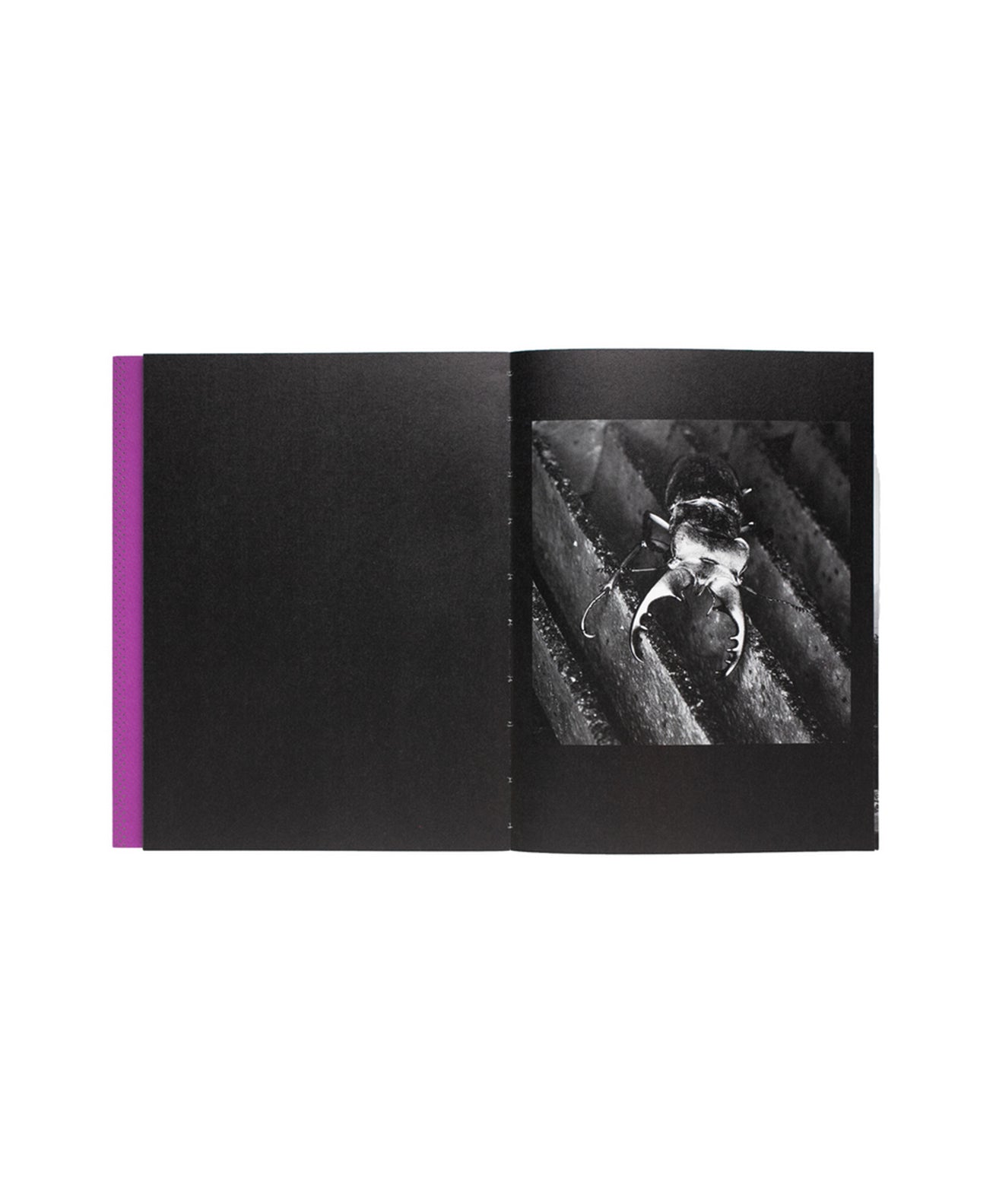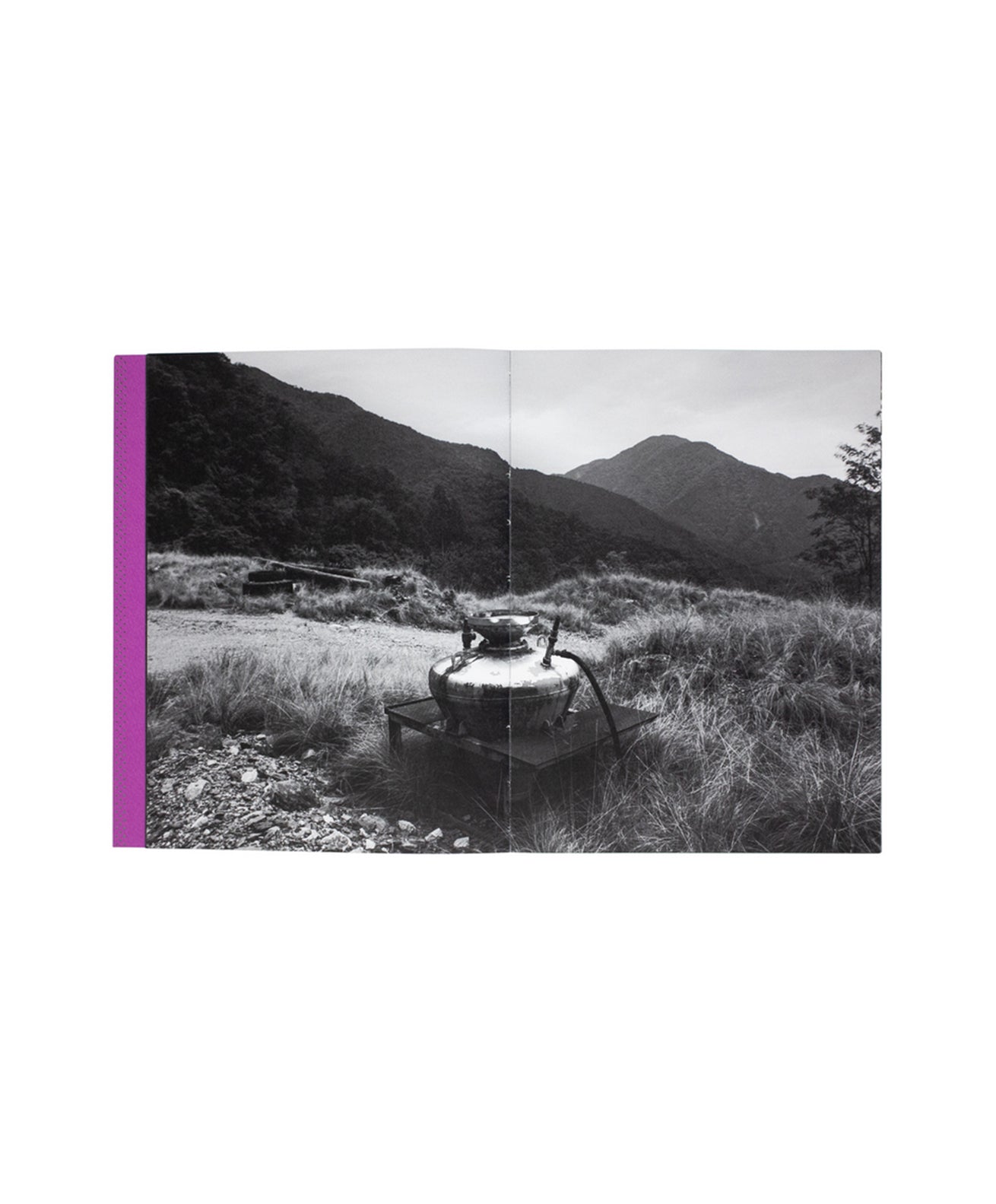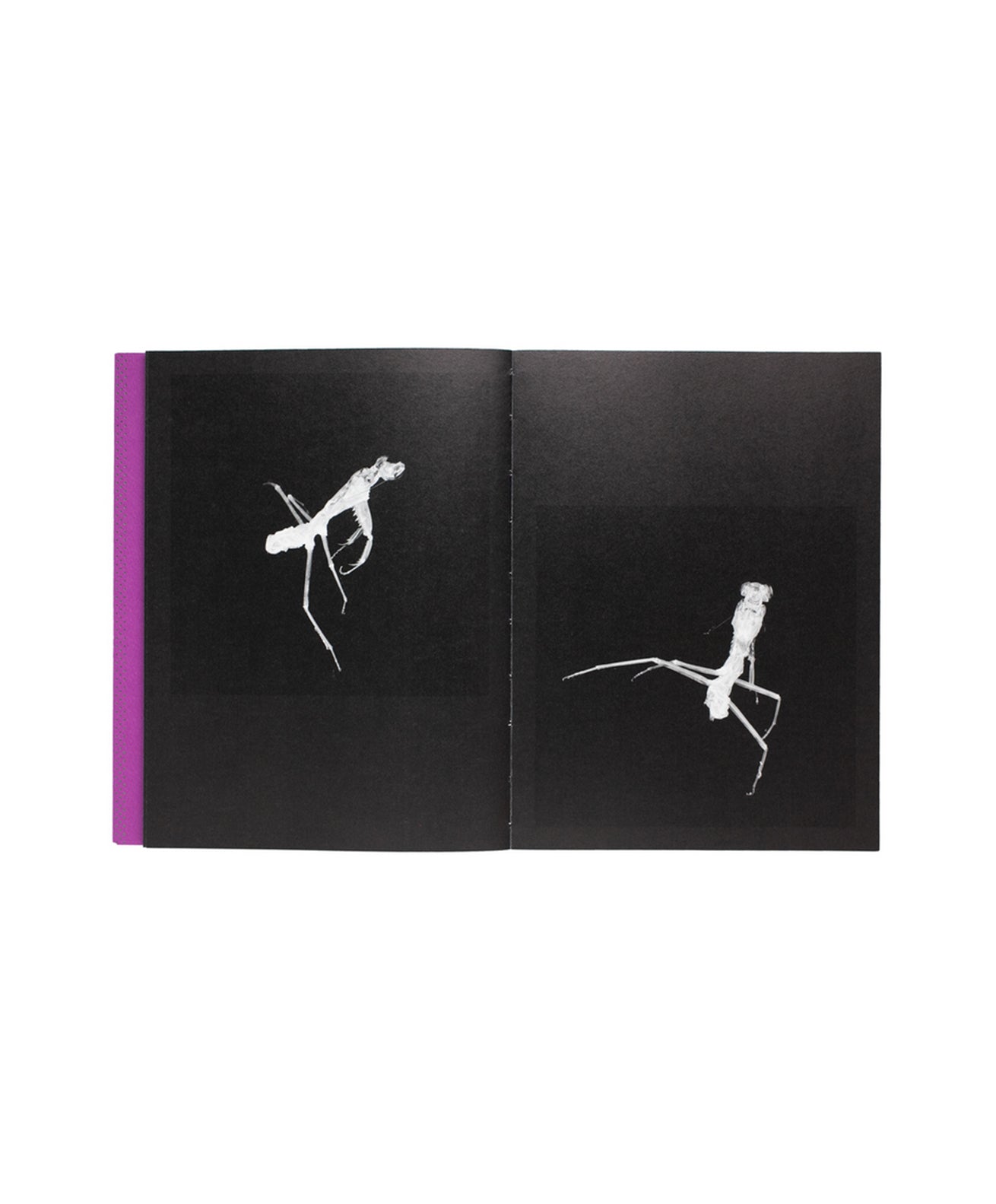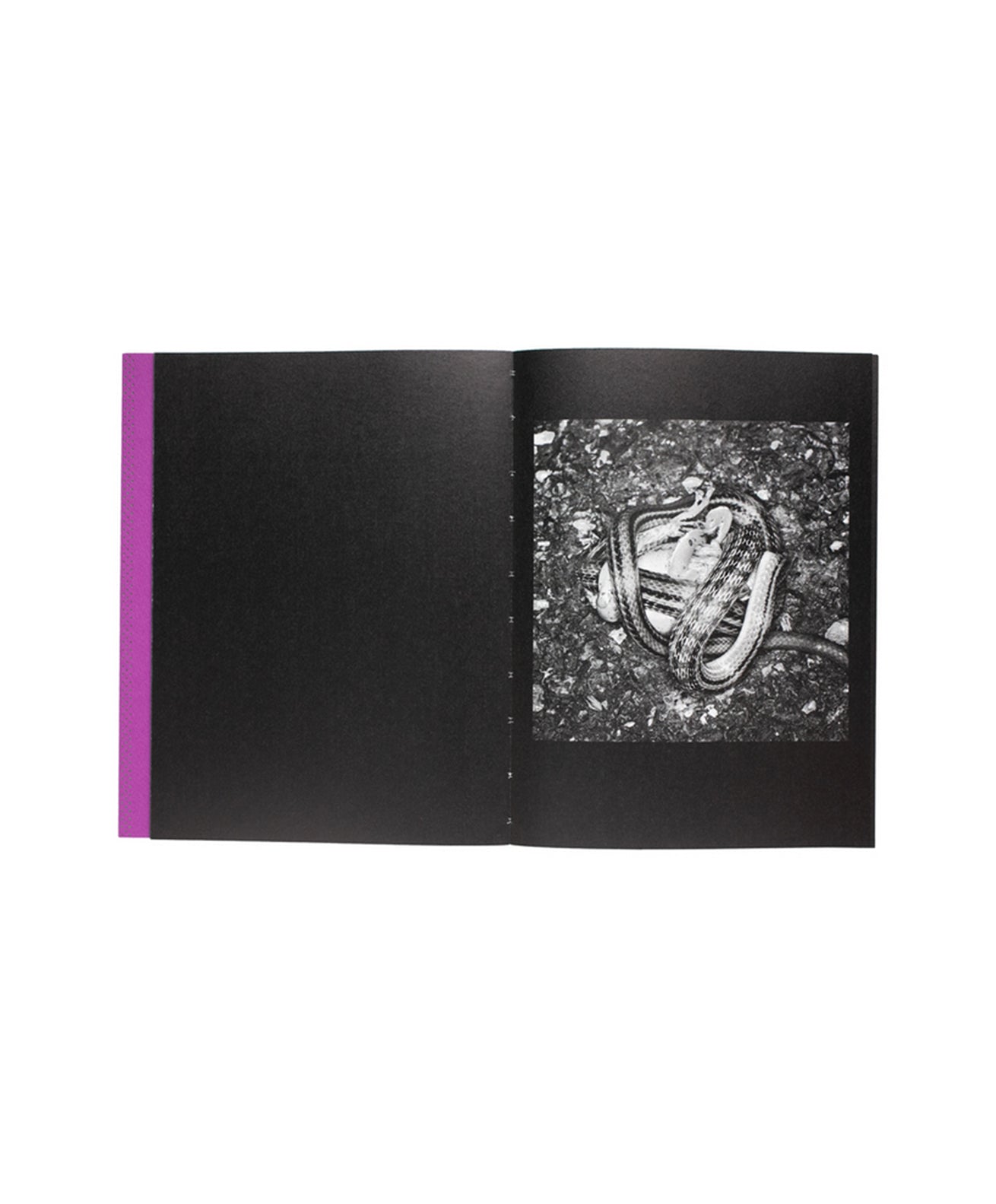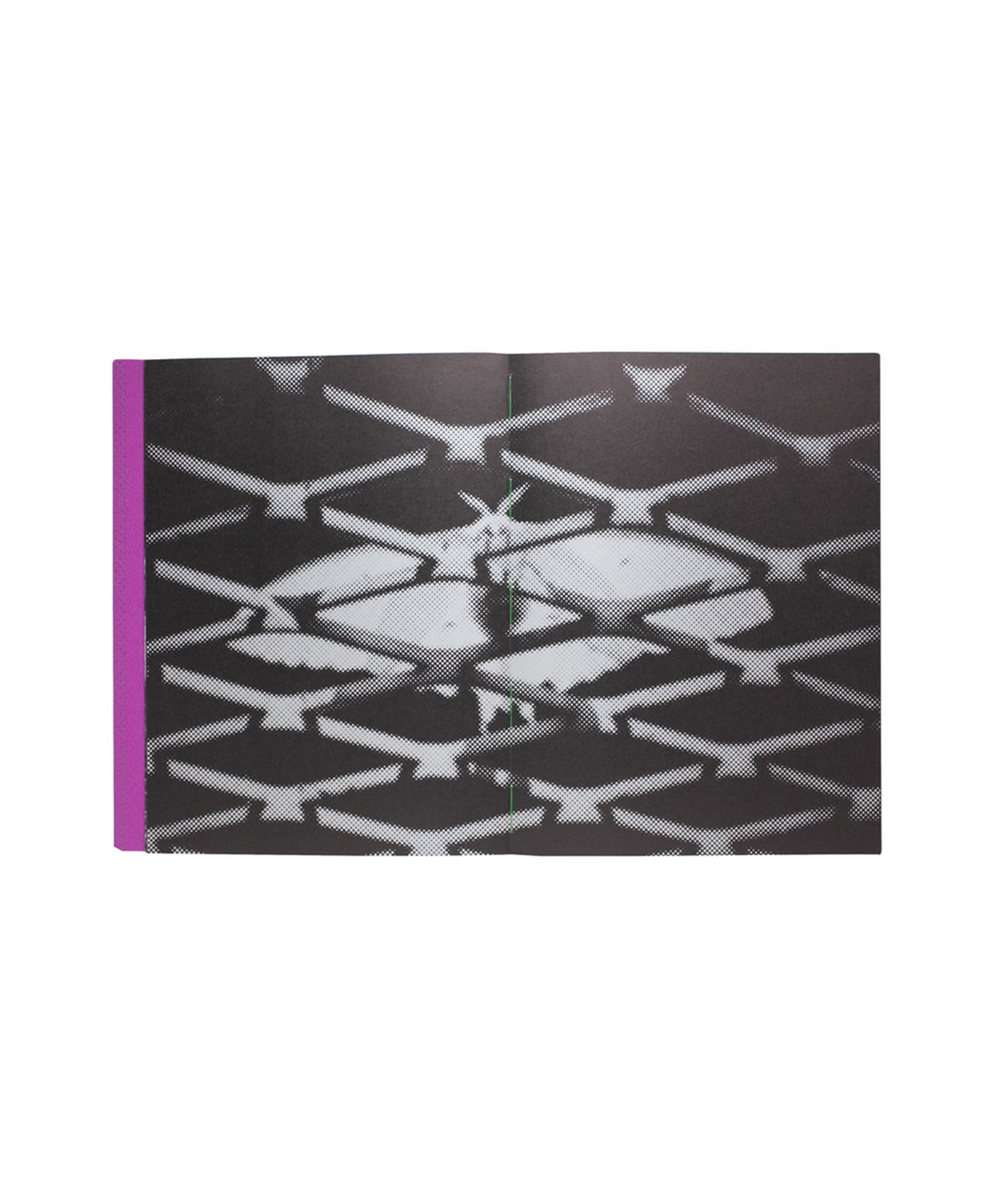SHINYA ARIMOTO - TOKYO DEBUGGER (SIGNED)
Pickup currently unavailable at 1 rue des Minimes
– Default Title
-
1 rue des Minimes
09709759181 Rue des Minimes
75003 Paris
France
SHINYA ARIMOTO
TOKYO DEBUGGER
Published by Zen Foto gallery, 2020
Book size 25.7 × 19 cm
Pages 160 pages + 78 images
Softcover
Limited edition of 1000
Language English, Japanese
Signed by the artist
"Hey, listen
Last night the bugs invited me
to join them for dinner in the
deep forests of western Tokyo.
What a wonderful place!"
— foreword to “Tokyo Debugger”
Shinya Arimoto's third publication with Tokyo-based publisher Zen Foto Gallery is a deep dive into the world of bugs, critters and insects. Shot between 2010 and 2019, Arimoto traveled to the mountainous areas of Okutama and Hinohara – far away from the city but still part of Tokyo Prefecture – to capture moths, mantises, worms, spiders, snakes, frogs and other animals up close. Brilliantly, Arimoto intersperses photographs of abandoned architecture as traces of past human activity, widening the scope of his series. For Arimoto, the city of Tokyo and these mountainous areas belong to different sides of the same coin, and insects – beings that clearly belong to a different realm of nature than us – transcend the boundaries between these sides, free to move back and forth between the two.
-----
Shinya Arimoto’s photographs were taken between 2010 and 2019. Arimoto traveled to the mountainous regions of Okutama and Hinohara—far from the city but still part of Tokyo Prefecture—to capture moths, mantises, worms, spiders, snakes, frogs, and other small animals up close. Brilliantly, Arimoto interweaves photographs of abandoned architecture as traces of past human activity, broadening the scope of his series. For Arimoto, the city of Tokyo and these mountainous areas belong to different sides of the same coin, and the insects—beings that clearly belong to a different realm of nature than our own—transcend the boundaries between these sides, free to move back and forth between them.
